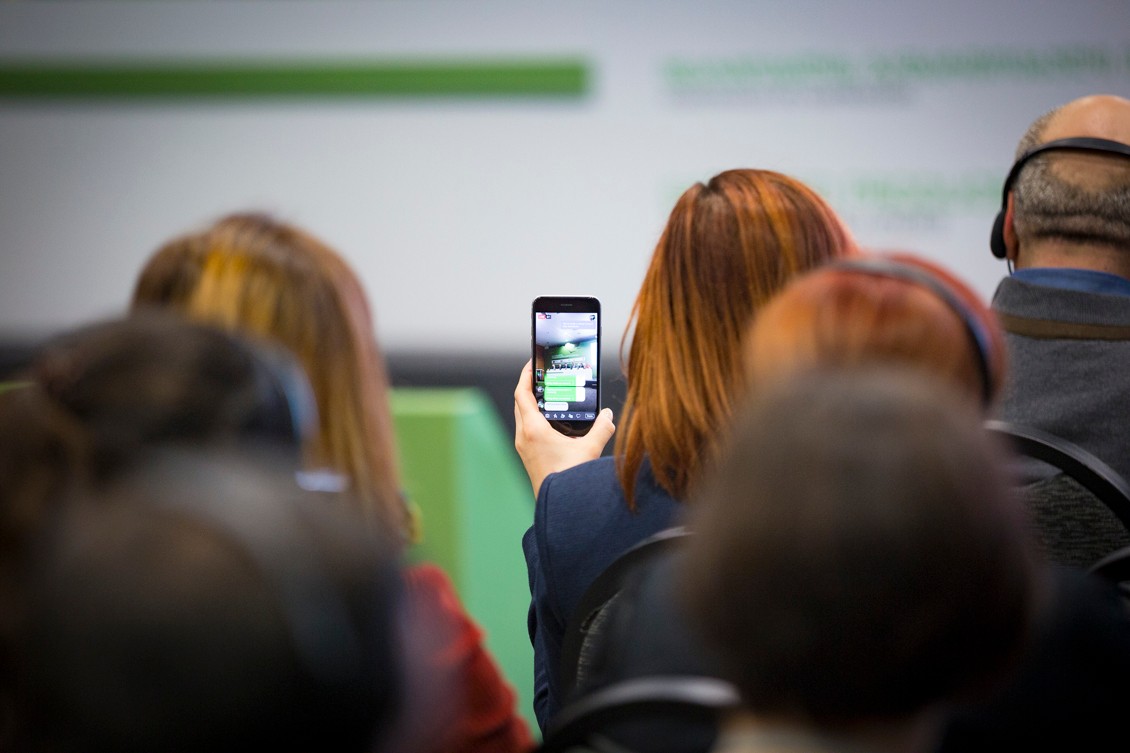Prototyping and Co-Design Closure Workshop (07/11/21). Photo: Rodrigo Razquin/Movés.
By 2050, it is forecasted that two-thirds of the world's population will live in cities, a trend that includes Uruguay and those who live in Ciudad de la Costa know closely. How to achieve urban interventions that provide learnings on how to transform our cities in the future? What can we learn from urban co-design with neighbors?
Fostering social inclusion and sustainability in our cities requires rethinking how urban space is designed and developed. What better scenario to learn than in Ciudad de la Costa? A living environment in permanent growth, with great mobility of people, which maintains an affinity with outdoor life from its origins, as Leticia Canella illustrates in her book Procesos de construcción de identidad y patrimonio en el área metropolitana Ciudad de la Costa. According to Canella, this affinity has also motivated the development of a local identity concerned with the environment, translated in the constitution of several commissions to protect the environment.
TuCalle is a shared process; it is a joint initiative implemented by the Departmental Government of Canelones, the Municipality of Ciudad de la Costa, Movés (GEF Project, implemented by UNDP and executed by the National Government), and UNDP Uruguay to solve accessibility challenges in Ciudad de la Costa through tactical urbanism. This methodology guided us to design a temporary and scalable urban intervention with citizens.
After nine months of work, we can share that TuCalle, a human-centered co-design project, allowed us to demonstrate that it is possible to sustain citizen participation over time in favor of the common good.
Participatory workshop with groups and people who ride by bicycle, skate, rollers or similar in Ciudad de la Costa (07/10/21). Photo: Rodrigo Razquin/Movés.
After beginning with a diagnosis and joint planning between the organizations, progress was made towards the mapping and participant observation of the territory to identify challenges. This led to a participatory process that included seven workshops to problematize, ideate, co-design, prototype, and execute an urban intervention with children, neighbors, and technicians of Ciudad de la Costa.
Participatory workshops, open Street with children and testing new uses for the street (15/10/21). Photos: Rodrigo Razquin/Movés.
The intervention incorporated three innovative solutions for the city; ideated, designed, and executed by the people who were involved in the participatory workshops:
- Inclusive street for active travel: divided into an exclusive path for pedestrians and a cycling priority mixed traffic road with a maximum speed of 30 km/h.
- Bike path-ride: unidirectional sections on both sides of a canal for the exclusive enjoyment of bicycles, skates, and similar.
- Safe and accessible junction: traffic was ordered to improve road safety and accessibility to a square by building a large pedestrian space inspired by drawings that children made about their neighborhood, together with seven crossings and pedestrian paths.
Components of the tactical urbanism internvention. Photo: Rodrigo Razquin/Movés. Photomontage: Noelia Botana.
Although there were many learnings incorporated along the process, we highlight:
- Effective citizen participation takes time. Gathering and consulting citizens is not enough to involve them; it takes time and effort to design and execute meetings in which people and groups are really participants and can materially visualize the impact of their participation. In this way, we proved that people want to participate in long processes, particularly if it comes to issues that impact their daily lives, such as mobility and public spaces.
- Cooperation is key to public innovation. Throughout the process, there was a representation of citizens, municipality, subnational government, national government, and UNDP, allowing a solid basis, creating synergies of efforts and knowledge between the different organizations.
- The role of the Lab as a learnings articulator. Every time we plan a learning cycle, we state three maxims to guide our path: connect, learn, and share. In this project, the Lab served as an articulator, co-creatively planning the project with Moves, involving, and working together with governments, bringing new voices and methodologies, accompanying and co-designing each step and execution with the people.
The following steps of this process will evaluate the intervention over time and its possible scalability in other parts of the country. We invite you to stay tuned for our following blogs to learn more about , a way to build a city in community.

 Locations
Locations




















